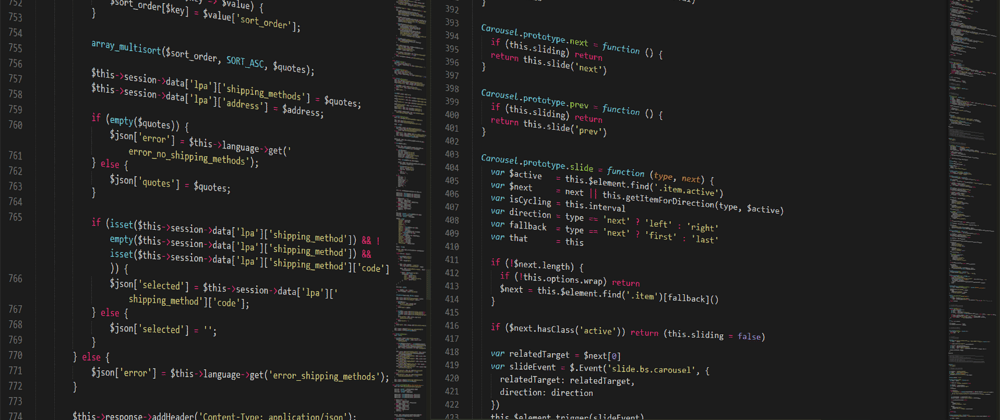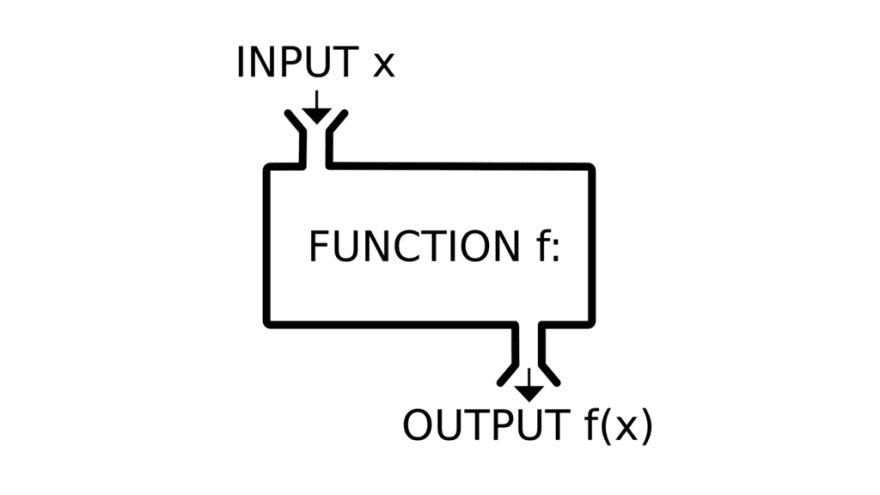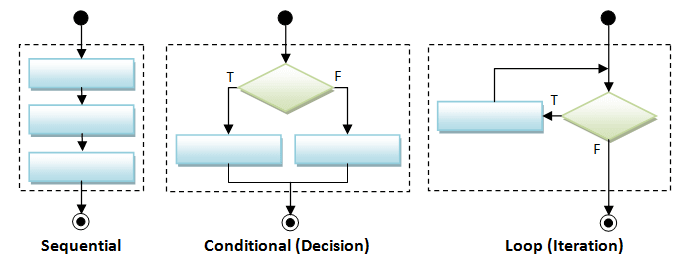In this blog, I will write on my learnings from the Eloquent Javascript Book's Chapter 2 : Program Structure.
Here's the PDF for Eloquent Javascript Book's Chapter 2.
TOC:
- Expressions and Statements
- Bindings
- Declaring a Binding
- Functions
- Control flow
- break & continue
- Switch Statement
- Exercises
Expressions and Statements
-
A piece of code that produces a value is called an expression. An expression is created by combining variables, values and operators. That's why we always say Arthimetic Expressions and Logical Expressions because it always outputs a value whether it be numerical value or boolean value.
10 + 20; // Expression that produces the numeric value 30 10 > 9; // produces to boolean value true -
On the other hand, a statement is an instruction to perform a specific action, and that's why we say conditional statements because conditional statements execute statements based on the value of an expression. A program is a list of statements.
let number = 10; Semicolons are used to end a statement. You can choose to not write them (because there is ASI: Automatic Semicolon Insertion in Javascript).
If you want to know more about ASI Rules here's a list.
-
Remember : We CAN'T omit it semicolon when having two or more expressions on the same line.
let num1 = 10; let num2 = 20; c = num1 * num2; console.log(c);
Bindings
- To understand Bingings (variables) in Javascript first think of bings as arrows pointing to values rather than thinking to containers storing the value. Two bindings can refer to the same value
- In Javascript , the type of value assigned to a variable decides whether the value is stored with by value or by reference.
- All primitive types that are Boolean, null, undefined, String, and Number are stored by value.
- All Objects including Array, Function are stored by Reference.
-
When we define a binding without giving it a value, its undefined.
The collection of bindings and their values that exist at a given time is called the environment.
Declaring a Binding
-
letandconstwere introduced in ES6 (newer). -
Scoping:
- var : function scoped (only available inside parent functions)
- let and const : block scoped (available inside a block denoted by { } )
-
Remember: The name of a variable should always reflect the meaning of its contents, like when you label boxes (mnemonic).
- Example: ❌ This is not Mnemonic
let a = 8 let b = 1000 let c = a * b console.log(c);- Example: ✅ This is Mnemonic
let hours = 8 let rate = 1000 let pay = hours * rate console.log(pay); When to use what : Use
constby default; if the value of the variable needs to change then uselet. Almost never usevar.-
Variable naming conventions:
- Should not start with capital unless they are a class.
- Must start with a-z or _ or $.
- If a variable is multi-word, you can use:
- Camel-case:
let inputNumber = 0; - Pascal Case:
let InputNumber = 0; - Snake case:
let input_number = 0;
- Camel-case:
Functions
- A function is a group of statements that performs a particular task. Functions allow us to repeat tasks that involve a similar sequence of steps (processing).
If you want to know more about Functions, Loops, Conditional Statements I have wrote a separate blog on it: link.
Control flow
- In computer programming, control flow or flow of control is the order function calls, instructions, and statements are executed or evaluated when a program is running.
break & continue
- Two statements,
breakandcontinue, provide more control upon loops in Javascript. -
The break statement immediately stops the loop and passes the execution to the next statement after the loop ( jumps out ).
for (i = 0; i < 10; i++) { if (i === 5) { break; } console.log(i); } // Output : 0 1 2 3 4 -
On the other hand, the continue statement breaks one iteration (in the loop) and continues with the next iteration in the loop ( jumps over ).
for (i = 0; i < 5; i++) { if (i === 3) { continue; } console.log(i); } //Output: 0 1 2 4 5
Switch Statement
- Switch is an alternative to nested if statements.
-
Syntax:
switch (expression) { case value1: statement break; case value2: statement break; case valueN: statement break; default: statement }- The value of the expression is compared with the values of each case.
- If there is a match, the associated block of code is executed.
- If there is no match, the default code block is executed.
Exercises
-
Looping a triangle .
#
##
###
####
#####
######
#######- Code:
let num = 7; for (i = 1; i <= num; i++) { var str = ""; for (j = 1; j <= i; j++) { str = str + "# "; } console.log(str); } -
FizzBuzz
- Write a program that uses
console.logto print all the numbers from 1 to 100, with two exceptions. For numbers divisible by 3, print"Fizz"instead of the number, and for numbers divisible by 5 (and not 3), print"Buzz"instead. When you have that working, modify your program to print"FizzBuzz"for numbers that are divisible by both 3 and 5 (and still print"Fizz"or"Buzz"for numbers divisible by only one of those). - Code:
for (let i = 1; i <= 100; i++) { // console.log(i); if (i % 3 === 0) { if (i % 5 === 0 && i % 3 === 0) { console.log("FizzBuzz"); } else { console.log("Fizz"); } } else if (i % 5 === 0 && i % 3 !== 0) { if (i % 5 === 0 && i % 3 === 0) { console.log("FizzBuzz"); } else { console.log("Buzz"); } } else { console.log(i); } } - Write a program that uses
-
Chessboard
-
Write a program that creates a string that represents an 8×8 grid, using newline characters to separate lines. At each position of the grid there is either a space or a "#" character. The characters should form a chessboard.
# # # # # # # # # # # # # # # # # # # # # # # # # # # # # # # # Code
var size = 8; var result = ""; for (var i = 0; i < size; i++) { for (var j = 0; j < size; j++) { if ((j + i) % 2 == 0) result += " "; else result += "#"; } result = result + "\n"; } console.log(result);Again, So that's all these are my key Learning from the Chapter 2 of Book Eloquent Javascript. Also, Please do share your key learning from the Chapter 1 and what did you understood the most.
This is a Bloging Challenge from #teamtanayejschallenge
Here's a link to the Website: https://ejs-challenge.netlify.app/
References:
Thank you very much for the patience. I’d love to hear your feedback about the post. Let me know what you think about this article, and javascript in general, through my Twitter and LinkedIn handles. I would love to connect with you out there!
Peace!
-










Top comments (0)